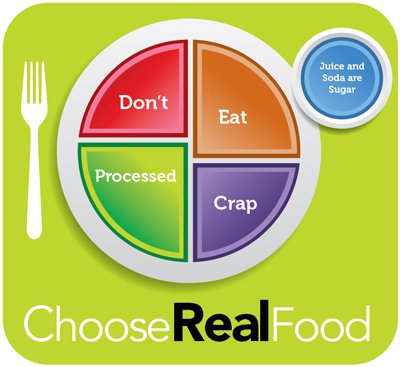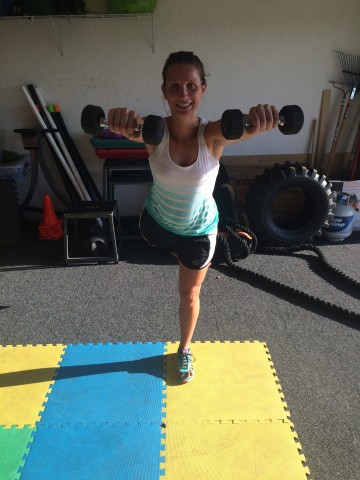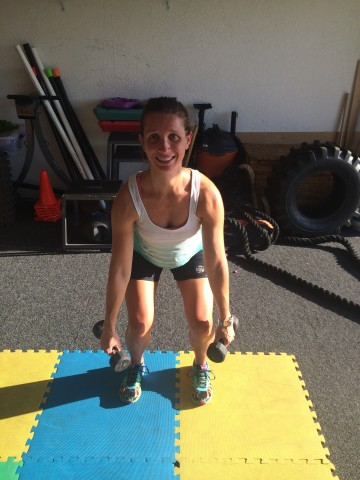Health & Fitness: For MEN
 As men, we are expected to be strong, confident, and to provide and protect…that’s a lot of pressure! I’ve always believed that to be your best mentally you must also be your best self physically and for many men it’s hard to feel confident when you don’t like what see in the mirror. After all, deep down every man wants to look and feel like Captain America- to have stature, to feel masculine, and to impress those around him with his physique.
As men, we are expected to be strong, confident, and to provide and protect…that’s a lot of pressure! I’ve always believed that to be your best mentally you must also be your best self physically and for many men it’s hard to feel confident when you don’t like what see in the mirror. After all, deep down every man wants to look and feel like Captain America- to have stature, to feel masculine, and to impress those around him with his physique.
 Of course there’s a reason why every man isn’t walking around with big arms and six pack abs. Chiseled bodies are earned, not given, and with today’s standards for men it’s becoming harder and harder to achieve that “ideal” physique. It requires hard work, discipline, and consistency with BOTH an exercise program of weight training and cardiovascular exercise AND a meal plan.
Of course there’s a reason why every man isn’t walking around with big arms and six pack abs. Chiseled bodies are earned, not given, and with today’s standards for men it’s becoming harder and harder to achieve that “ideal” physique. It requires hard work, discipline, and consistency with BOTH an exercise program of weight training and cardiovascular exercise AND a meal plan.
Whether you’re a middle-aged man battling the natural loss of muscle as we age or a young skinny guy who’s never been able to put size on, my personal training programs and custom meal plans are designed just for you! With the help of a man who personally knows what it takes for men to build muscle and reduce body fat, you can achieve your dream male physique and sustain it for life!
Our Approach
Regardless of your current level of fitness and life stage, at Check Total Health we specialize in providing customized workouts for the MEN & WOMEN of Southwest Florida. The workouts are appropriate for your abilities, goals and well-being. We incorporate strength & resistance training, stretching, cardio, endurance exercises and plyometrics to name a few! Guys, we will take you from flabby to flexed, from soft to strong, from skinny to supersized — whatever your goals are we can make it happen through appropriate exercise and eating. In addition to having the look you desire, the inside of your body will experience great benefits too: decreased blood pressure, decreased risk for diabetes and heart disease, and decreased body fat!
What Are You Waiting For?
There is no quick fix or magic pill to creating strength and sustainable weight loss or gains. With your commitment to me, I’ll give you my all to help you attain and maintain the physique of your dreams. You take your car to the mechanic, your teeth to the dentist, and your taxes to the accountant. So why wouldn’t you trust the experts to help you with your exercise and food? You only get one body, let us help you maximize it! Check Total Health is ready to take your health & fitness to the next level. Are you ready to check-yourself?
Real Men Living Real Life
Guys, we can’t all be prepping for a show 24/7 -365 days a year. So how do you do real life and still reach your goals?At Check Total Health, we believe in real life living. We are a husband/wife team. We eat clean, train mean, but also have fun. We like to eat tasty food, have a few drinks, and indulge in dessert on the weekends. When you work with us, you will not feel deprived or hungry. We feed our clients with many meals a day and several cheat meals a week. We believe in real life living that is sustainable for the long haul and that’s what you can expect when you work with us. You don’t have to take my word for it – hear it from our clients who have already achieved their goals.
To get started, contact us for more information. You can also learn more about our packages and pricing for individual and group training here.















